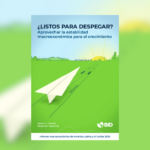
From Cities to (Multi) City-Regions: The Future of...
Oct 14, 2025 | Entrevista, Noticias, Opinión, Reseña
Beyond FOMO: Building Smarter Tourist Destinations
Sep 12, 2025 | Entrevista, Noticias, Opinión, Reseña
Smart Cities: Inteligencia, comunicación y ciudad ...
Ene 6, 2025 | Reseña
Red IDTI

Destinos Turísticos Inteligentes: Cuando...

Llega la segunda edición de los Premios ...
![Oportunidades [Data Driven] para destinos turísticos](https://tequilainteligente.com/wp-content/uploads/2024/11/TI-BLOG-440x264.jpeg)
Oportunidades [Data Driven] para destino...

Oportunidades con el Turismo Rural de ba...

IA para destinos turísticos | Podcast RE...

Capacidad de carga turística: Clave para...

El Presente y Futuro de la Red Iberoamer...

Red Iberoamericana de Destinos Turístico...

Sostenibilidad en los DTI | Lourdes Prie...

Transformando el Mundo – La Evoluc...

Tequila Asume la Presidencia de la Red I...

Construyendo Destinos Turísticos Intelig...

La Red Iberoamericana de Destinos Turíst...

Nace la Red de Destinos Turísticos Intel...

MASTERCLASS: DESTINOS TURISTICOS INTELIG...

Evento gratuito Plataforma RespirAr para...

Inteligencia territorial Argentina, mira...

Smart Talk: El modelo DTI en Iberoaméric...
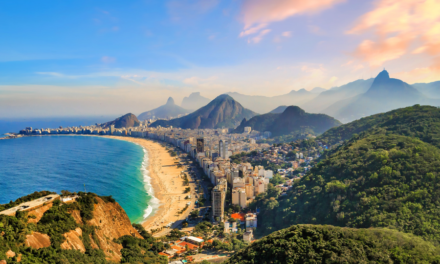
Brasil comienza a implementar sistemas d...

Webinar Destinos Inteligentes.
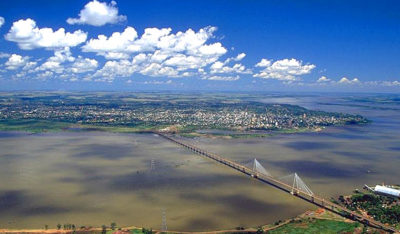
Posadas camino a convertirse en un Desti...

La estrategia de la Red de Destinos Turí...

Qué son los “destinos turísticos intelig...

La Red DTI-Ar alcanza los 110 municipios...

Realizan en México, encuentro de experto...

Alianzas en IMCISS.

¿Es posible lograr sostenibilidad a trav...
- Análisis
- Entrevista
- Estudio
Ciudades sostenibles y resilientes: el desafío latinoamericano
Publicado por Hormigón al día. Ver publicación original aquí. Este artículo resume los aspectos...
Managing Tourist Saturation vs. Imbalance in Sustainable Tourism
Nov 7, 2025 | Entrevista, Noticias, Opinión, Reseña
This article highlights the difference between tourist saturation and imbalance in destinations. Saturation occurs when the number of visitors exceeds the capacity of a place, causing environmental, cultural, and social strain. Imbalance, on the other hand, happens when tourism is unevenly distributed across time or space, concentrating pressure in specific areas or seasons. The author emphasizes the importance of monitoring visitor flows, diversifying tourism offerings, and managing destinations as adaptive systems to ensure long-term sustainability.
Las mejores ciudades del mundo en 2025: un análisis profundo del ranking de Resonance Consultancy
Nov 25, 2024 | Estudio
¡Las mejores ciudades del mundo 2025! Resonance Consultancy revela el ranking de metrópolis líderes en cultura, economía y sostenibilidad. Descubre cómo evolucionan tras grandes desafíos.
- Noticias
- Opinión
- Reseña
Managing Tourist Saturation vs. Imbalance in Sustainable Tourism
Nov 7, 2025 | Entrevista, Noticias, Opinión, Reseña
This article highlights the difference between tourist saturation and imbalance in destinations. Saturation occurs when the number of visitors exceeds the capacity of a place, causing environmental, cultural, and social strain. Imbalance, on the other hand, happens when tourism is unevenly distributed across time or space, concentrating pressure in specific areas or seasons. The author emphasizes the importance of monitoring visitor flows, diversifying tourism offerings, and managing destinations as adaptive systems to ensure long-term sustainability.
Managing Tourist Saturation vs. Imbalance in Sustainable Tourism
Nov 7, 2025 | Entrevista, Noticias, Opinión, Reseña
This article highlights the difference between tourist saturation and imbalance in destinations. Saturation occurs when the number of visitors exceeds the capacity of a place, causing environmental, cultural, and social strain. Imbalance, on the other hand, happens when tourism is unevenly distributed across time or space, concentrating pressure in specific areas or seasons. The author emphasizes the importance of monitoring visitor flows, diversifying tourism offerings, and managing destinations as adaptive systems to ensure long-term sustainability.
Managing Tourist Saturation vs. Imbalance in Sustainable Tourism
Nov 7, 2025 | Entrevista, Noticias, Opinión, Reseña
This article highlights the difference between tourist saturation and imbalance in destinations. Saturation occurs when the number of visitors exceeds the capacity of a place, causing environmental, cultural, and social strain. Imbalance, on the other hand, happens when tourism is unevenly distributed across time or space, concentrating pressure in specific areas or seasons. The author emphasizes the importance of monitoring visitor flows, diversifying tourism offerings, and managing destinations as adaptive systems to ensure long-term sustainability.
Entrevista

Managing Tourist Saturation vs. Imbalanc...

Destinos Turísticos Inteligentes: Cuando...

From Cities to (Multi) City-Regions: The...

Beyond FOMO: Building Smarter Tourist De...

Tequila a la vanguardia de los Destinos ...

Sostenibilidad en los DTI | Lourdes Prie...

Modelo de estrategia comarcal para los D...

Destinos turísticos inteligentes en Iber...

Transformación Turística: IMCISS en el F...

La conversión de los destinos en intelig...

Cultura sostenible en el turismo: Casos ...

Experiencia en el proceso transformador ...

Transformando el Mundo – La Evoluc...

Tendencias y Desafíos: El Futuro de los ...

Informe DTI: Determinantes de adhesión d...

Yenifer Mella: Las Ventajas de Ser un De...

Montevideo DTI: Impacto del Evento Turis...

Construyendo Destinos Turísticos Intelig...

La Innovación e interoperabilidad en los...

Trazando el Camino hacia la Excelencia: ...

Transformación Turística en Iberoamérica...

THE PLACE BUREAU, a new vantage point on...

Entrevista Federico de Arteaga – L...

Ciudades, ecosistemas complejos

Tendencias del turismo, conversación con...

Monterrey, un destino con estrategia def...

Ciberseguridad en las ciudades inteligen...

Acciones en la Industria del Turismo

La primer ciudad inteligente de México y...

Tecnología que impulsa el turismo
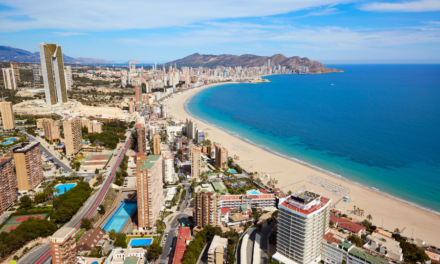
Inteligencia competitiva a partir de los...

Modelos de ciudad

Ciudad abierta, ciudad digital

Tequila: un destino inteligente y su sem...

Innovación urbana que mitiga el cambio c...

Bogotá, el principal destino turístico d...

Turismo Inteligente en Iberoamérica
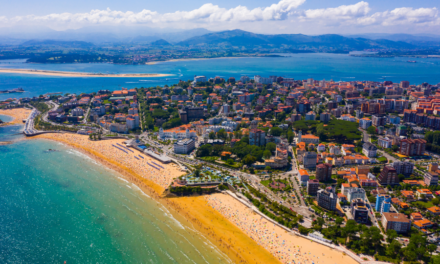
La ciudad de Santander, un destino para ...

Destinos Turísticos Inteligentes, de la ...
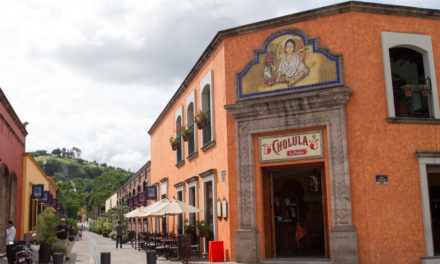
Los cambios del turismo en Tequila.

La experiencia de Tequila Inteligente de...

Ecosistemas en una Ciudad Inteligente.

El fútbol femenino gana espacio en Urugu...

El país Vasco ejemplo de urbanismo, sost...

El ciudadano, el urbanismo, la tecnologí...

La tecnología como factor para crear Ciu...

Urbanismo social: Impacto en la vida cit...

El alma de la ciudad: pasado, presente y...

Sector público y sector privado en las c...

La diferenciación de un Destino Turístic...

La digitalización del turismo, reto para...

La gestión y planificación de los destin...

El brillo inteligente de la CDMX.

WholeSchools y su metodología.

Ecoturismo y ecoturismo real.

Datos & Inteligencia Artificial.

Beneficios de la medición de la huella d...

Smart City Citizenship, la innovación so...

Cruzando ciudades y turismo con la tecno...

Perspectivas y diagnóstico del Sector Tu...

La estrategia de la Red de Destinos Turí...

Perspectivas y diagnósticos en los «Estu...

La Tecnología, el Big Data y la Innovaci...

El futuro del turismo con Destinos Intel...

Liderazgo resiliente en turismo.

El sector turístico en la actualidad.

Las Ciudades Inteligentes en Argentina.

La Gestión del Conocimiento en las Smart...

From stop to start de los destinos.

Las ciudades como motores del desarrollo...

Beneficios de certificarse en turismo so...

Un modelo educativo para transformar la ...

Un Destino Inteligente para Tequila.
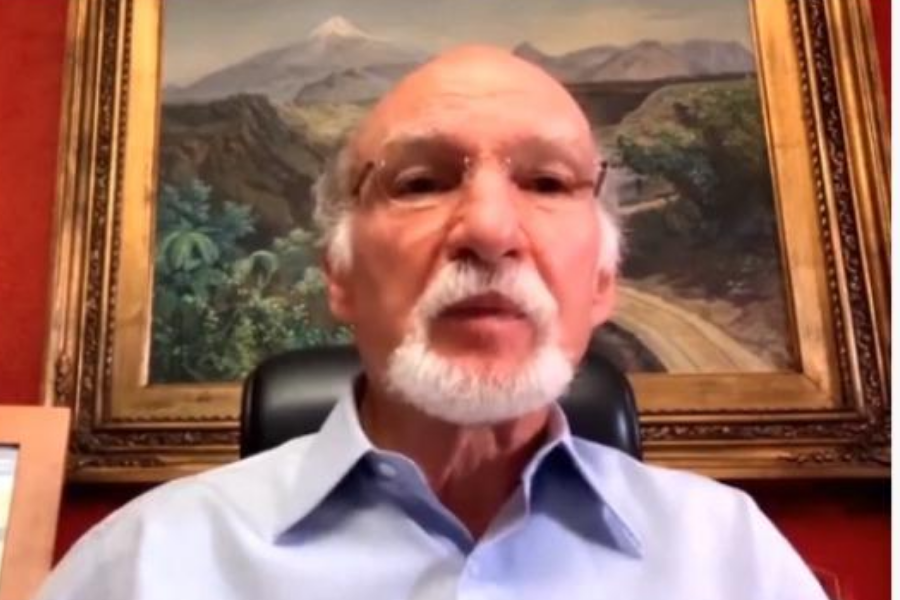
3 factores principales que deben impulsa...

Tequila, pueblo de Jalisco que vigila el...

Experiencia del coworking en una ciudad ...

La confianza es el gran valor del turism...

Gobernanza, cuestión transversal en ciud...

Retos tecnológicos, una oportunidad de d...

Medidas de seguridad aplicadas en Destin...

Tendencias relevantes en el turismo de l...

El caso Tequila como modelo de prevenció...

Principales certificaciones que el secto...

Las tendencias y evolución del turismo e...

Las certificaciones en los destinos son ...

Mundo Cuervo y Tequila se enfocan en la ...
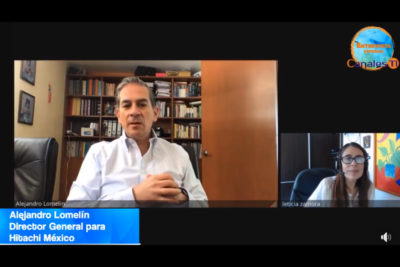
La tecnología de Hitachi en Tequila.

¿Cómo paso Tequila de ser una ciudad ind...

¿Cómo pueden ayudar las ciudades intelig...

Desde Santander se valoran las mejores p...

Empoderar a las mujeres hace que las ciu...

¿Las ciudades responden a las necesidade...

SIT: El observatorio turístico que todo ...

Aprovechemos esta crisis como una gran o...

La Ruta del Tequila y su sistema de info...

¿Cuál es el rol de las mujeres en las ci...

Smart: La búsqueda constante de la satis...

El equilibrio entre ciudadanos y empresa...

Tequila, el caso más complejo y desarrol...

Poderosa herramienta potencializa la mag...

La transformación de Medellín.

¿Sabes qué es y qué hace SEGITTUR?

Tequila Inteligente representa a México ...

El secreto de Tequila en su evolución a ...

Entrevista a Federico de Arteaga en #Hit...

El cambio en la industria del turismo ge...
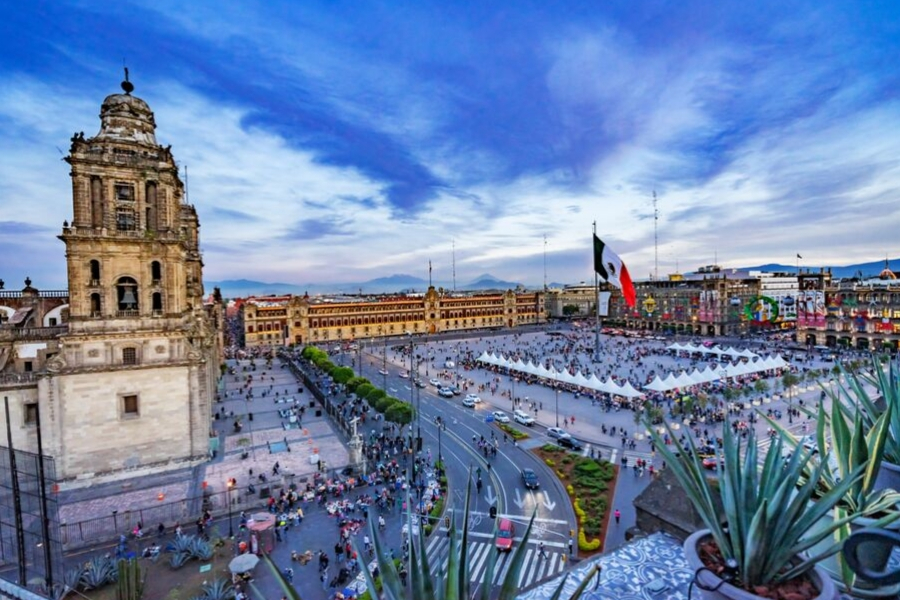
¿Cómo lograr ciudades eficientes, susten...

Tequila Inteligente, el proyecto de smar...

España pionera a nivel mundial en materi...

El modelo de destino turístico inteligen...

¿Deberíamos de pensar en un impuesto al ...

Analizando las smart cities.

El rol de los residentes dentro de una c...

La nueva generación de deportistas intel...

¿Cuál es la primer decisión a tomar para...

Poderosa alianza trabaja en la socializa...

¿Qué pasa con los modelos de negocio ó p...

¿Transporte público con hidrógeno en Teq...

Desde la realidad y la abstracción.

Hitachi y su valoración de lo realizado ...

Un uruguayo con sueño mexicano.

El big data en nuestros tiempos.

El reto socio-cultural de un destino int...

Tequila, un destino comprometido con la ...

Cultura y digitalización en un destino t...

Emprendedurismo en ciudades inteligentes...
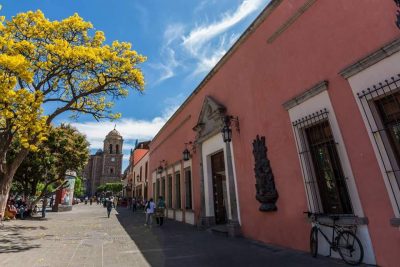
Tequila – 100% conectado en el centro hi...

Imaginando las ciudades del futuro.

Ciudades inteligentes y sostenibles.

Modelos tecnológicos en ciudades intelig...

Laboratorio de innovación con agentes de...

Inteligencia vs Tradición.

Certificación de Destino Turístico Intel...

Entrevista a Engel Fonseca.

Entrevista a Evodio Sánchez.

Entrevista a Miguel Ángel Santinelli.

Entrevista a Mattia Marini.

Entrevista a Santiago Soler.

Entrevista a Leire Bilbao.

Entrevista a Joxean Fernández.

Entrevista a Carlos Herrero – Extr...

Entrevista a Stella Hiroki.

Entrevista a María Teresa Arnal – ...

Entrevista a José Ángel Díaz Robolledo &...

Belo Horizonte. Entrevista a Marcos Boff...

La ciudad de Santander: Un destino para ...

Santiago Malvicino desde su Experiencia.

Tequila Inteligente desde los Tequilense...

Tequila con las bases firmes para empren...

Tequila: un liderazgo único

El sentido de pertenencia en las comunid...

Ciudad Inteligente a la mexicana: Tequil...
Opinión
El últimoManaging Tourist Saturation vs. Imbalance in Sustainable Tourism
Nov 7, 2025
This article highlights the difference between tourist saturation and imbalance in destinations. Saturation occurs when the number of visitors exceeds the capacity of a place, causing environmental, cultural, and social strain. Imbalance, on the other hand, happens when tourism is unevenly distributed across time or space, concentrating pressure in specific areas or seasons. The author emphasizes the importance of monitoring visitor flows, diversifying tourism offerings, and managing destinations as adaptive systems to ensure long-term sustainability.
Estudio
El últimoLas mejores ciudades del mundo en 2025: un análisis profundo del ranking de Resonance Consultancy
Nov 25, 2024
¡Las mejores ciudades del mundo 2025! Resonance Consultancy revela el ranking de metrópolis líderes en cultura, economía y sostenibilidad. Descubre cómo evolucionan tras grandes desafíos.
Reseña
El últimoManaging Tourist Saturation vs. Imbalance in Sustainable Tourism
Nov 7, 2025
This article highlights the difference between tourist saturation and imbalance in destinations. Saturation occurs when the number of visitors exceeds the capacity of a place, causing environmental, cultural, and social strain. Imbalance, on the other hand, happens when tourism is unevenly distributed across time or space, concentrating pressure in specific areas or seasons. The author emphasizes the importance of monitoring visitor flows, diversifying tourism offerings, and managing destinations as adaptive systems to ensure long-term sustainability.








